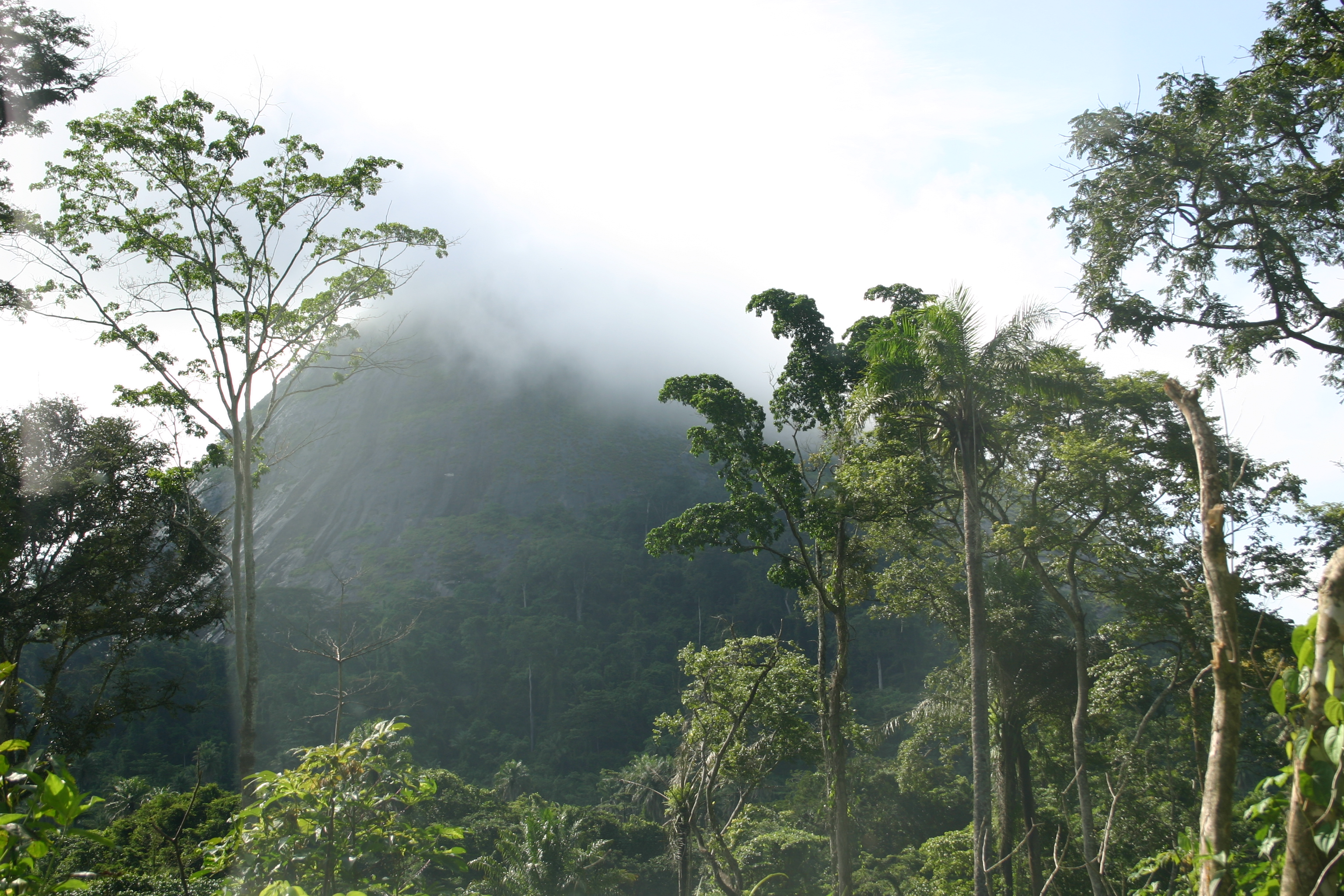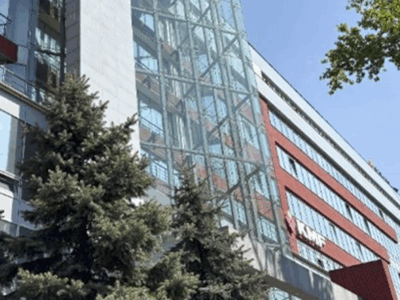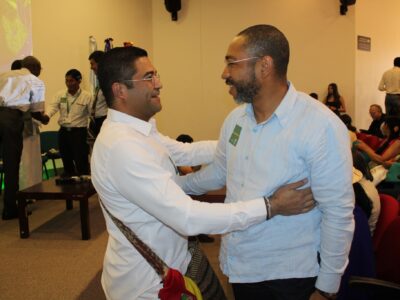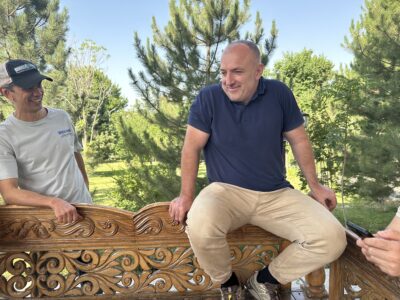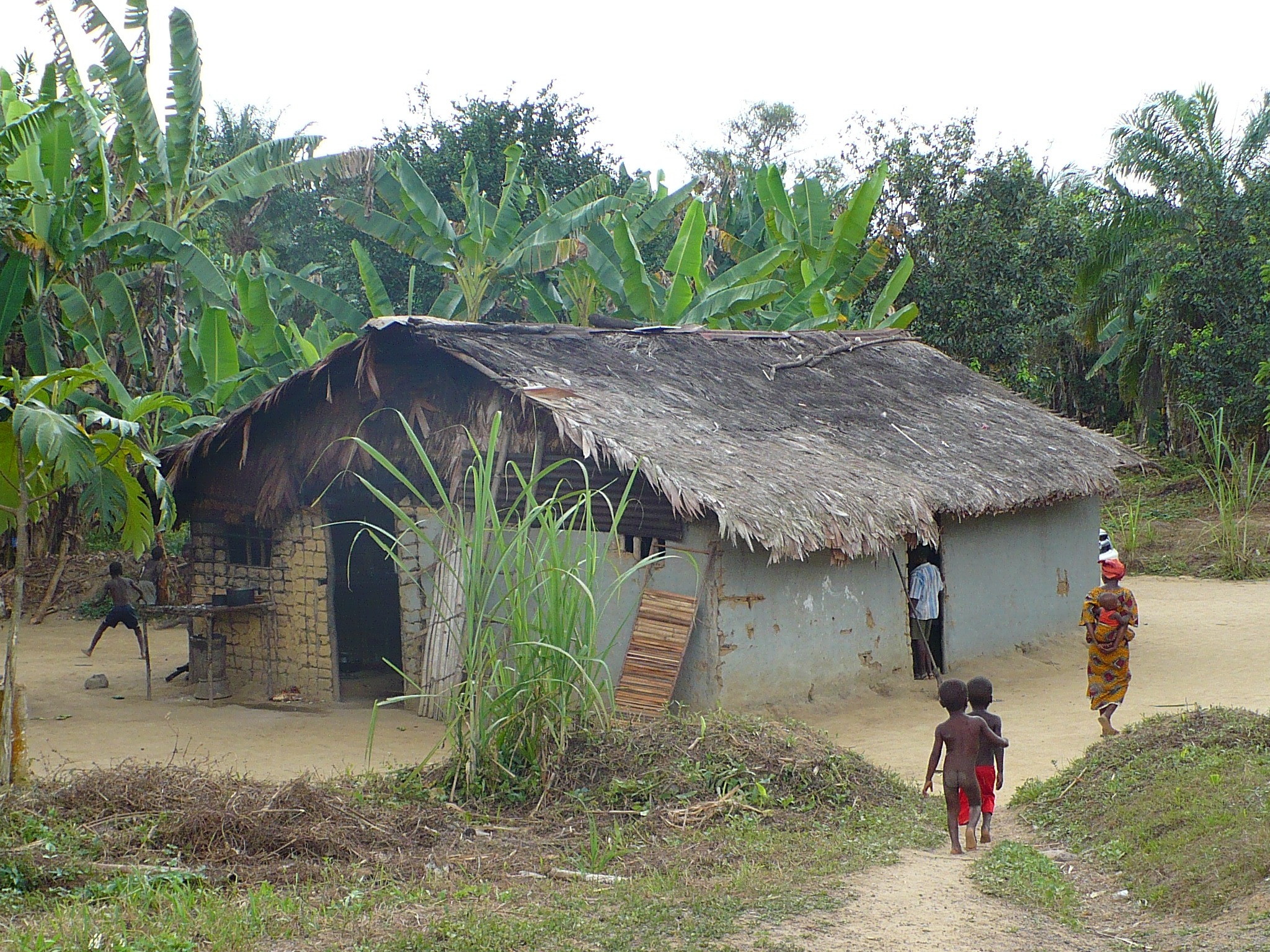
In 2003, the departure of the former president Charles Taylor from Liberia marked the end of the country’s 14-year long civil war. In large part, poor governance of timber and other natural resources drove this war for more than a decade.
I had the unique opportunity while working with USAID to be a part of the first US government team to go to Liberia immediately after the war ended. Our mission was to help the Liberian government and Forest Development Authority (FDA) reform the forest sector. Because of timber’s ties to the conflict in Liberia, the United Nations Security Council had placed sanctions on the country’s timber exports. To prevent future abuses, the country desperately needed to reform the entire sector. To do so, a group of donors, including USAID, in collaboration with the Liberian government and local citizens, came together to lead the reform as the Liberia Forest Initiative (LFI).
From that first trip, it was clear to me that commercial timber and conservation stakeholders had strong constituencies, and that a space for dialogue on how communities could benefit from sustainable use of forest resources did not exist. In fact, a physical space for community forestry didn’t exist either, as illustrated by a land use planning map developed by the LFI.
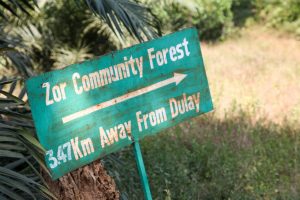
To address this issue, local and international organizations, including USAID, advocated for more community involvement in forestry. After two years of policy-level discussions, the FDA formally adopted a three-pronged approach to forestry in Liberia: commercial, community, and conservation. In 2009, the FDA went one step further by adopting the Community Rights Law (CRL), which allowed communities to have full ownership of the forestlands around them.
In early efforts, ACDI/VOCA supported projects implemented by Tetra Tech. Fast forward to the present and my most recent visit to ACDI/VOCA’s USAID-funded Forest Incomes for Environmental Sustainability (FIFES) project in Liberia. I had the privilege of walking through newly-established community forests supported by the FIFES project there. It was amazing and satisfying to know that these community forests did not exist before, and that, now, communities had legal rights to manage and benefit from their sustainable use. Thanks to financial investments from USAID, 11 officially recognized community forests now encompass 50,000 hectares of land in Liberia.

